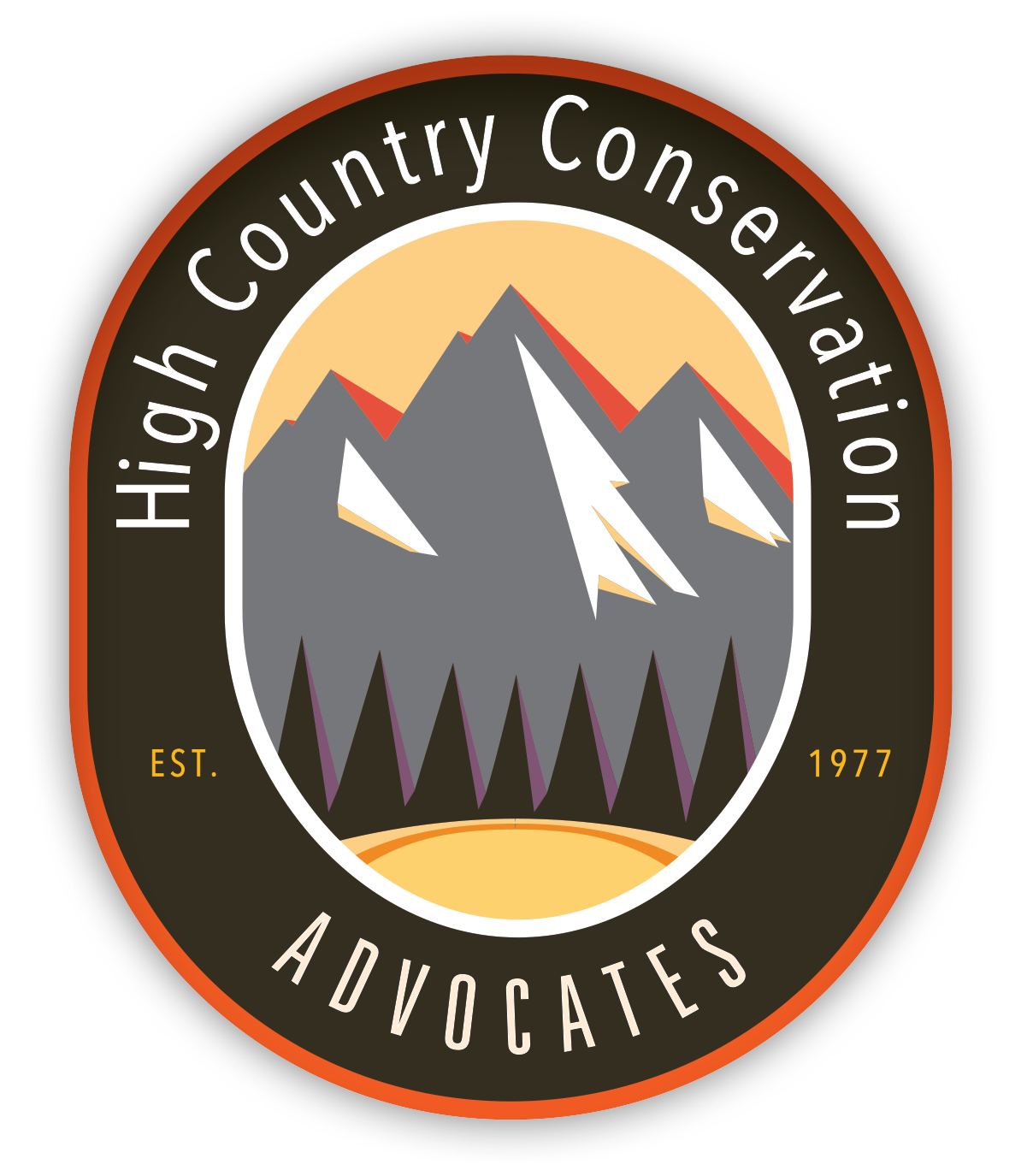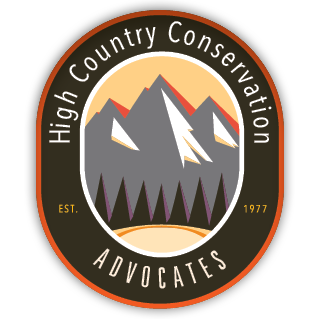Environmental Racism / Environmental Justice (part 1)
Article by Andi Bonato
Nobody should have to experience the negative environmental impacts from industrial, governmental, and commercial activities, let alone bear a disproportionate burden of these impacts. Environmental racism is the disproportionate impact of environmental hazards on low income communities and communities of color. (1) Environmental racism often occurs systematically, as a result of intentional or unintentional racial discrimination in policymaking, enforcing laws, and targeting communities. (2) This places low-income communities and communities of color near toxic waste, facilities that pollute the environment, and polluting infrastructure such as major highways. (3) All of this causes the people who live in these communities to be exposed to higher rates of pollutants than white and higher-wealth communities, leading to serious health problems such as cancer, lung conditions, heart attacks, and more. (4)
Examples of environmental racism in Colorado include the fact that solid municipal waste sites and superfund sites are more concentrated near predominantly Black or Hispanic neighborhoods. (5) Additionally, both the Arapahoe and Cherry Creek gas-fired power plants are located in low-income communities of color, creating higher-than-average health burdens. (6) Another example of environmental racism in Colorado can be found in the 80216 area code within the Denver area. (7) This includes the neighborhoods of Globeville, Elyria, and Swansea, which are low-income communities of color. (8) Many of these neighborhoods’ residents do not have higher than a high school education and are mainly Latinx and Spanish-speaking. (9) This area is also home to extremely high levels of pollution from i70, Superfund sites, Brownfield sites, and active polluters such as a gas-fired coal plant. (10) This has created pervasive health problems for generations within these communities. (11)
The Environmental Justice Movement is a response to environmental racism, and recognizes the link between economic, environmental, and health issues. (12) Environmental Justice seeks to abolish environmental harm to everyone, especially communities impacted by environmental racism. (13) It is the recognition that all people have a right to clean air and drinking water; to live and work in a healthy environment that is free of pollution; to be equal partners in decisions that affect their life, health, and environment; and to experience equal protection of environmental policies. (14) Environmental Justice demands public policy to be “based on mutual respect and justice for all… free from any form of discrimination or bias.” (15) Last year, the Colorado legislature passed the Environmental Justice Act to address the environmental racism occurring in our state. Because this law is relatively new, it will take time to see how effective and impactful it really is. Ultimately, it is a step in the right direction.
1 “Environmental Justice & Environmental Racism,” https://greenaction.org/what-is-environmental-justice/;“ Environmental Racism: What it is and How You Can Fight it,” https://www.climaterealityproject.org/blog/environmental-racism-what-it-and-how-you-can-fight-it.
2 “Environmental Racism: What it is and How You Can Fight it,” https://www.climaterealityproject.org/blog/environmental-racism-what-it-and-how-you-can-fight-it; “Xcel Energy's Gas Plants Disproportionately Threaten the Health and Safety of Denver's Communities of Color,” https://www.sierraclub.org/articles/2021/11/xcel-energys-gas-plants-disproportionately-threaten-health-and-safety-denvers.
3 “Environmental Racism: What it is and How You Can Fight it,” https://www.climaterealityproject.org/blog/environmental-racism-what-it-and-how-you-can-fight-it.
4 “Environmental Racism: What it is and How You Can Fight it,” https://www.climaterealityproject.org/blog/environmental-racism-what-it-and-how-you-can-fight-it; “Environmental Justice and Waste in the Denver-Metro Area,” https://www.colorado.edu/ecenter/2021/12/01/environmental-justice-and-waste-denver-metro-area.
5 “Environmental Justice and Waste in the Denver-Metro Area,” https://www.colorado.edu/ecenter/2021/12/01/environmental-justice-and-waste-denver-metro-area.
6 “Report: Xcel's Denver Gas Plants Exacerbate Environmental Injustice,” https://www.sierraclub.org/press- releases/2021/11/report-xcels-denver-gas-plants-exacerbate-environmental-injustice.
7 “Globeville, Elyria and Swansea: Communities of Color with Generations of Injustice,” https://www.sierraclub.org/colorado/blog/2018/01/globeville-elyria-and-swansea-communities-color-generations-violence.
8 Id.
9 Id.
10 Id.
11 Id.
12 “Environmental Justice & Environmental Racism,” https://greenaction.org/what-is-environmental-justice/.
13 Id.
14 “What is Environmental Justice?,” https://cdphe.colorado.gov/environmental-justice; “The Principles of
Environmental Justice,” https://www.ejnet.org/ej/principles.pdf; “Learn About Environmental Justice,”
https://www.epa.gov/environmentaljustice/learn-about-environmental-justice.
15 “The Principles of Environmental Justice,” https://www.ejnet.org/ej/principles.pdf.


